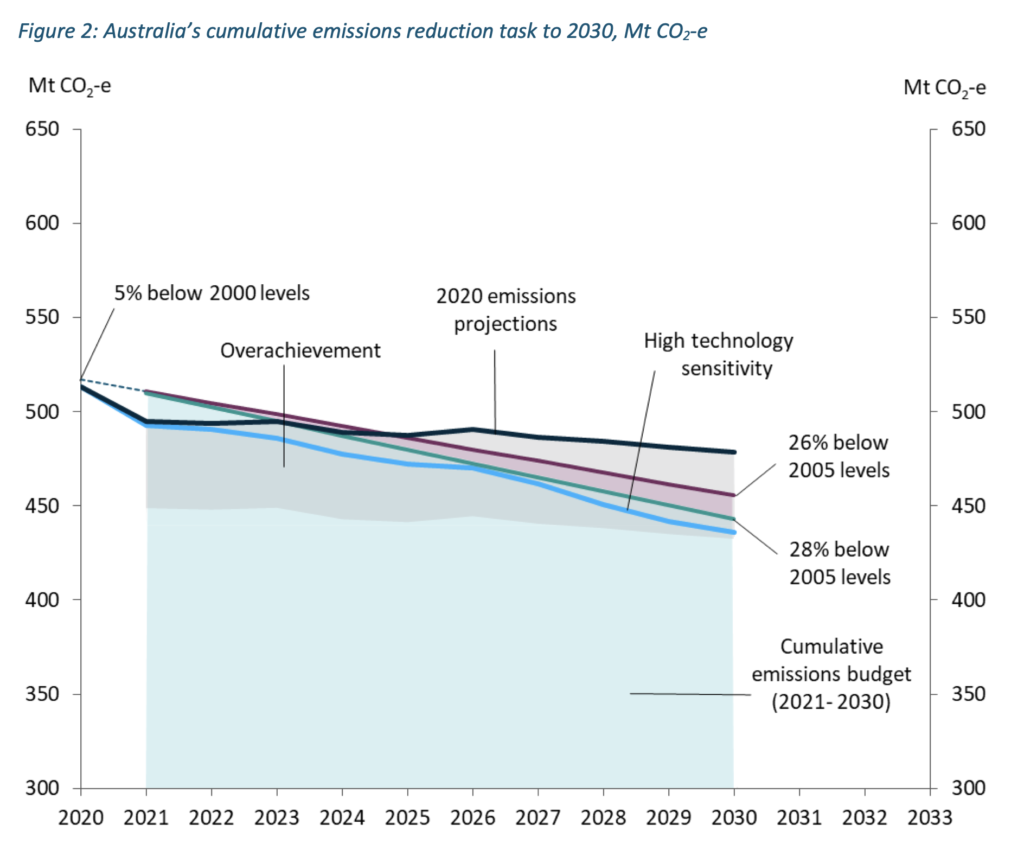It’s hard to know where to start on the Morrison response, or lack of it, to the IPCC report. At his press conference he said:
Unless we can get the change in the developing countries of the world, then what we are seeing in the IPCC reports will occur.
He repeatedly called for ‘breakthrough technology’ in developing countries – read China – to solve the problem.
Australia is doing more than other countries
The Prime Minister responding to the IPCC Report on Monday, citing our success with household solar.
Fact check 1
China is the global leader in photovoltaics with 268 GW capacity. (China will add 61 GW of solar power in 2021, has a target of 1,200 GW of renewables within 5 years and is exploring space-based solar power stations amongst other ‘breakthrough’ technologies.)
The US comes next with a mere 76 GW, Japan with 67 GW, Germany 53.7 GW, India 40 GW and, way down the list, Australia with ~22 GW (2020).
Yes, Australia has the highest uptake of rooftop solar – ~3 million households – but this is a mere 6.5% total energy generation. The Federal Government abandoned the renewable energy target and installations are now subsidised by the states, most of which have progressive renewable energy policies and are largely responsible for the growth of renewables.
Only 8% of new rooftop installations have batteries. This means high generation during low demand in the middle of the day, often forcing negative wholesale prices, and high prices in the evening peaks. This is slowing investment in medium and large-scale solar and is the reason ‘baseload’ coal power is being retired earlier than expected. State governments have stepped up with big batteries but the federal government has done little to make transmission infrastructure fit for the dispersed generation that is inevitable.
We are meeting and exceeding our 2030 commitment, as we already have with our 2020 targets.
The PM
Fact check 2
Despite the doubtful rhetoric in the executive summary of the Department of Industry’s Dec 2020 report on Australia’s emissions, this graph in the report shows Australia is projected to reduce emissions by just 22% by 2030.

Australia is doing more than other countries [in emission reduction targets). Being ahead of the world on household solar means our target of 26% -28% reduction in emissions below 2005 levels by 2030 should stand.
The PM
Fact check 3
The Climate Change Authority recommended cuts in emissions of 45-60% by 2030, based on the science. Here is what comparable countries have committed to:
- UK 50% below 1990 levels by 2023-2027
- Germany 55% below 1990 levels by 2030
- Switzerland 50% below 1990 levels by 2030
- Norway and the EU at least 40% below 1990 levels by 2030
- Canada and New Zealand 30% below 2005 levels by 2030
The Prime Minister’s mangled logic continued to embarrass:
It’s not good enough for it (the ‘Australian way’ of taking the initiative on climate action) just happening Australia, the US and Europe. Those other (developing) countries must have prosperity otherwise we will not fix this.
The PM
And so on… It was not a response to the IPCC Report. We doubt he read it.
Meanwhile, there is no funding for the Australian Energy Market Operator’s Integrated System Plan, electric vehicle uptake and charging infrastructure is some of the lowest in the world and the Deputy Prime Minister says he won’t agree to increasing reduction targets until he sees the plan.
A responsible ‘plan’ would be for the Federal Government to listen to the science, abandon its preoccupation with fossil fuels and collaborate with the states in setting targets consistent with limiting global temperature rises to 1.5 deg.

